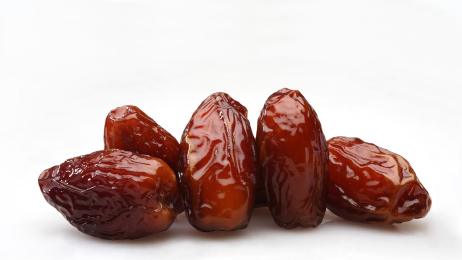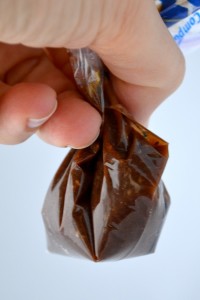Homemade sports gels

 Gels are an excellent resource during long races and training runs. They offer a mid-run pick-me-up to prevent glycogen depletion and provide calories.
Gels are an excellent resource during long races and training runs. They offer a mid-run pick-me-up to prevent glycogen depletion and provide calories.
As runners are encouraged to eat ‘real’ food rather than processed options, I wonder if runners can make their own homemade sports gels. Is that something that would be worth trying to do?
I began perusing the internet to see if runners were having success with homemade sports gels. Several runners are developing and having good results with their own DIY gels. The benefits of homemade gels include:
All natural ingredients
Added sugar is on its way to becoming nutrition public enemy number one. The new health fad seems to be food with “no sugar added.”
Gives control to those with dietary restrictions
For people with celiac disease, dairy, soy or additive allergies, buying gels can be a challenge. Making one’s own gels provides confidence of what exactly is contained within them.
Saving money
Gels are not cheap, often clocking in somewhere around $2.50 each, so making your own is economical.
I also came across some homemade gel naysayers. An article posted on Crank Sports argued that the primary ingredient in most energy gels is maltodextrin, a carbohydrate additive derived from corn or wheat. Crank Sports argues that maltodextrin is a complex carbohydrate and therefore runners are silly to assume that honey (a simple carbohydrate) can serve the same purpose.
Now I personally, before going on this internet hunt, could not tell you what maltodextrin was to save my life. But now I was curious. When you take a starch like corn, you can hydrolyze it and add enzymes and acids, purify it again and you’ll have either maltodextrin or corn syrup. The difference between the two is the maltodextrin is hydrolyzed to have less than 20 per cent sugar content, whereas corn syrup is hydrolyzed to have more. Maltodextrin has a glycemic index of 130 by itself, versus 65 for regular sugar.
What this means is that, despite that maltodextrin is a complex carbohydrate, it is extremely quickly absorbed, way faster than your usual complex carbohydrates like whole grains, which are slowly broken down and absorbed by the body. In essence, maltodextrin is a complex carbohydrate that behaves much like a simple carbohydrate.
After maltodextrin, the ingredients listed on your average packet of sports gel include fructose (a type of sugar), leucine, valine and histidine (amino acids), potassium sorbate, sodium benzoate (preservatives) and a few other ingredients. Fructose, which you may be familiar with as ‘fruit sugar’ was a common theme in homemade gels, but often through the incorporation of real fruit, which I must admit seemed more appealing to me.
There are some benefits to store-bought gels though:
No mess
One of the struggles of making DIY gels is how to actually consume them. The packaging of gels is designed for the ultimate convenience.
Portion control
With all gels, processed or natural, you’re dealing with high nutrient density ingredients, that if your body doesn’t immediately need, will store as fat. With homemade gels, you’re definitely in more danger of overdoing your dosage than with pre-packaged ones.
The final word may be to figure out what works best for you. Try store-bought gels on one of your long runs and then try homemade gels for your next one. See which one sits better in your digestive system and gives you your preferred boost.
If you’re looking to try your hand at making your own gel, here are some of the recipes that are available:
This recipe is made using dates, carob powder, sea salt, agave and chia seeds.
This recipe includes honey, molasses, chia seeds, coffee and sea salt.
If you make your own sports gel, Canadian Running would love to hear your recipe: email caela@runningmagazine.ca


